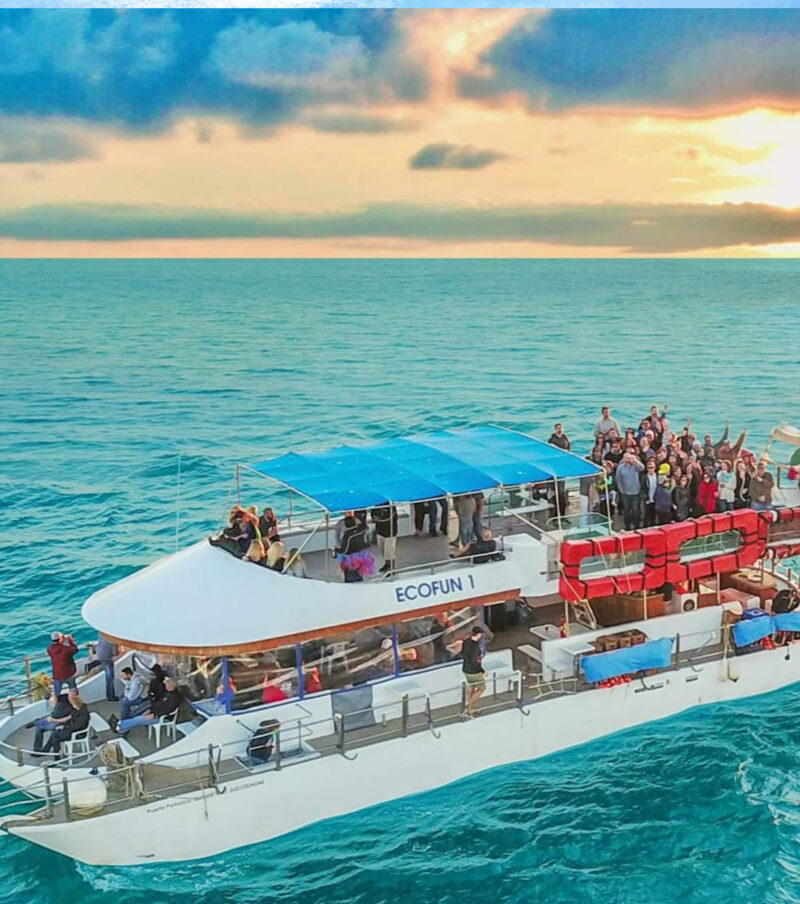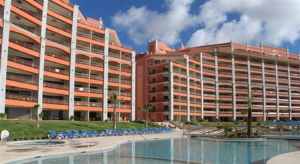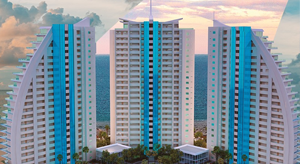Border Crossing Times
Rocky Point (Puerto Peñasco)
Border Crossing Times
If you are planning a trip to Rocky Point (Puerto Peñasco), Mexico, via the US-Mexico border, you may be wondering how long it takes to cross the border with your vehicle. The truth is, crossing the border can take anywhere from a few minutes to several hours, depending on various factors.
Live Border Crossing Time Estimates
The US Customs and Border Protection web pages provide live border crossing time estimates for the major crossing points, including Lukeville, AZ/Sonoyta, SL, and San Luis, AZ/San Luis Rio Colorado, SL. These estimates are updated hourly and can give you an idea of how long you can expect to wait in line. However, it is important to remember that these are only estimates, and your wait time may vary depending on the day, time, and other factors.
During high-traffic times, such as Spring Break, Memorial Day weekend, and 3-day weekends, it is not uncommon for US border traffic to be backed up, as many tourists must all make their way through the inspections. So, it is always advisable to plan your trip accordingly, keeping in mind the expected wait times.
Border Crossing Inspection Methods
When crossing the border, there are two means of inspection: Fiscal Traffic Light and Integral Inspection. The method of inspection you will undergo depends on whether you have items to declare that exceed your allowed limits or not.
Fiscal Traffic Light
As you cross the Mexican border, you will go through a narrow lane, and there will be a traffic light up ahead on your left at the end of the lane. The Fiscal Traffic Light system is used to randomly select vehicles for inspection. When you proceed through the lane, the light will either flash RED (alto – stop) or GREEN (pase- go).
If the light is RED, you will pull off to the left, where an officer will ask you some questions such as where you are going, how long you are staying, and what you are bringing into Mexico. The officer will most likely look through your vehicle and belongings. Do not leave your vehicle unattended and accompany the officer during his search. If you encounter any problems, be sure to get the name and badge number of the officer.
If you get the GREEN light, you can pass through without any inspection. However, please note that you still may be pulled over and inspected even if you get the GREEN light.
Integral Inspection
When traveling to Mexico, it is important to follow the rules and regulations set by the country’s government. One of these rules includes declaring any items that exceed the allowed limits. Failure to do so could result in fines, confiscation of belongings, and other legal consequences. This is where the Integral Inspection process comes in. Integral Inspection is a voluntary request for examination of articles that aims to ensure that travelers comply with Mexican laws. In this article, we will discuss everything you need to know about Integral Inspection and why it is an essential process for travelers entering Mexico.
What is Integral Inspection?
Integral Inspection is a process that involves the examination of articles carried by travelers entering Mexico. The examination is conducted to ensure that the articles are within the allowed limits set by Mexican law. The process is voluntary and can be requested by the traveler if they have items to declare that exceed the allowed limits.
How does Integral Inspection work?
Before passing through the light, travelers must pull off to the left and park in the assigned spaces against the chainlink fence. They then need to go to the small building located in the middle of the two lanes and declare the items they have and their respective values. After filling out the necessary form, import tax (impuestos) will be assessed, and the traveler will be given two forms to take to the bank and pay. The bank is located at the side of the brick building, past the fountain.
During the process, an agent may want to inspect the load of the traveler. The taxes paid are in pesos, but they will accept dollars, and payment is made directly to the bank. A receipt will be issued, which the traveler will need to cross the border. If the traveler is pulled over by Aduana after leaving the border, the receipt will serve as proof of payment.
After paying the bank, travelers need to cross the border and go through The Fiscal Traffic Light. If the light turns red, the traveler needs to pull over and show the receipt to the officer.
What happens if you do not go through Integral Inspection?
If travelers do not go through Integral Inspection and declare any merchandise that exceeds the allowed limit, they could face serious consequences. If merchandise is found during the Fiscal Traffic Light, which was not declared, travelers could have to pay a fine of four times the commercial value of the articles. In addition, their vehicle and belongings may be seized. However, if travelers choose the Integral Inspection process, the fine will only be 1 1/2 times the value of the merchandise, and they forfeit the right to the tax exemption.
FAQs:
Q: Is Integral Inspection mandatory? A: No, Integral Inspection is a voluntary request for examination of articles that travelers can choose to undergo.
Q: What happens during Integral Inspection? A: During Integral Inspection, travelers declare the items they have and their respective values. An agent may inspect their load, and import tax will be assessed.
Q: What is the consequence of not going through Integral Inspection? A: Travelers who do not go through Integral Inspection could face fines, confiscation of belongings, and other legal consequences.
Integral Inspection is an essential process that travelers entering Mexico must undergo. This voluntary request for examination of articles ensures that travelers comply with Mexican laws and declare any items that exceed the allowed limits. Failure to do so could result in fines, confiscation of belongings, and other legal consequences. It is crucial for travelers to understand the process and its importance to avoid any issues during their trip to
Rocky Point Adventures Popular, Tours
Rocky Point Adventures Popular, Resorts
Rocky Point AdventuresContact us
Visit us anytime
Address
83554 Puerto Peñasco, Son.
Call us
MX +52 664-231-0101











